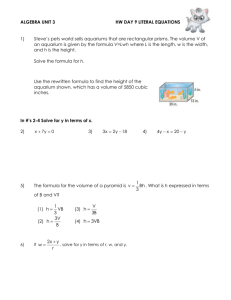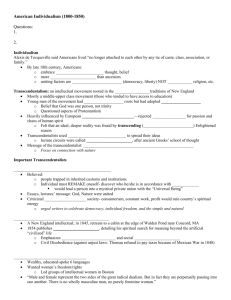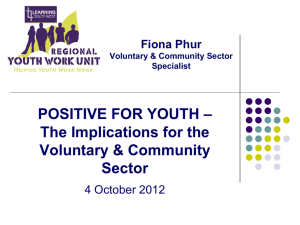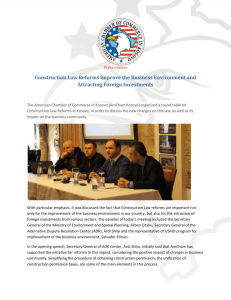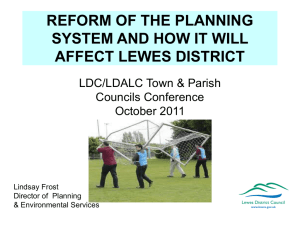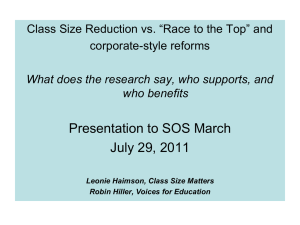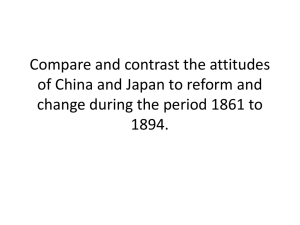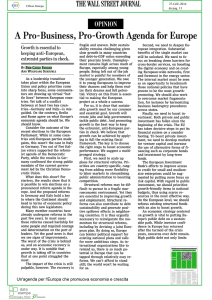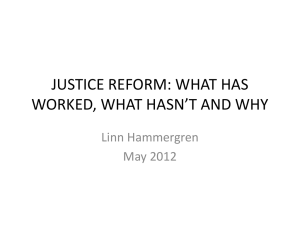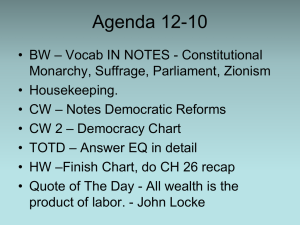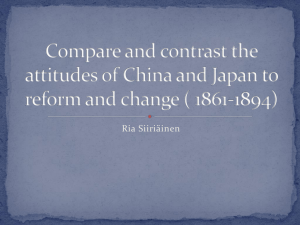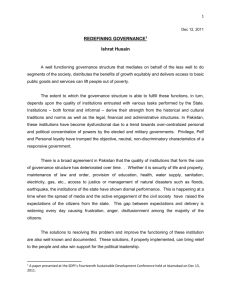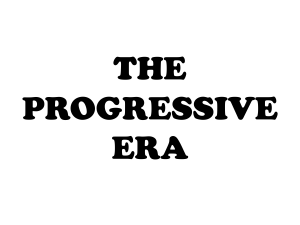REFORMS OF THE 1800S
advertisement
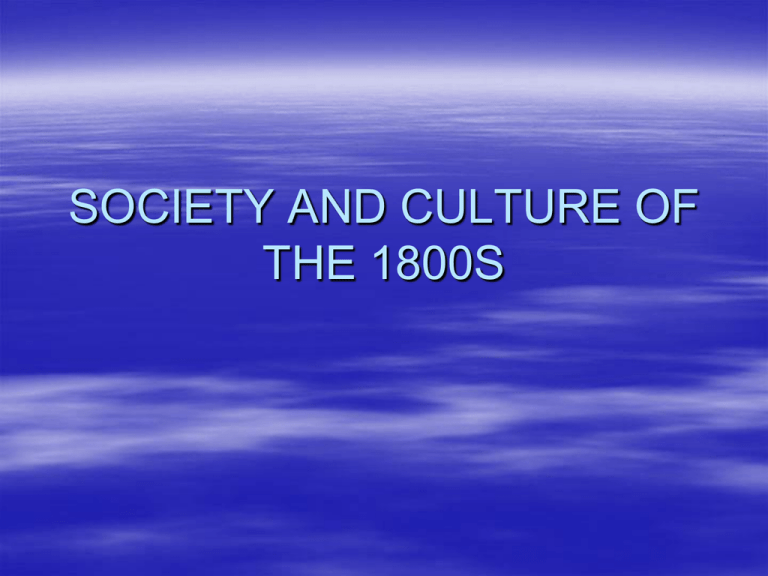
SOCIETY AND CULTURE OF THE 1800S SOCIETY Social structure – Favorable social mobility – Three classes; Elite, Middle, Poor Families – Change in marriage – Change in parenting – “Cult of Domesticity” Emphasized gender roles, especially in Middle Class homes Men work outside the home, Women work inside the home – “Republican Motherhood” Women show their patriotism and political values by raising sons to be good citizens ARTS & LITERATURE Painting – Hudson River School-fascination with natural world, landscapes Architecture – Greek style columns Literature – – – – – Nationalism-American authors & themes Washington Irving wrote? James Fennimore Cooper wrote ? Nathaniel Hawthorn wrote? Herman Melville wrote? ENTERTAINMENT Museums – Charles Wilson Peale American Lyceum Movement – Traveling “lecture” program “Bowery Boys & Gals” – Urban underground city life Minstrel Shows – Comedic, racist, nativist RELIGION 1820s-1830s-2nd Great Awakening North-”Burned-over District” (NY) – Groups played major role in social reforms Revivals Charles Finney-Perfection and helping society South-increase in Baptists & Methodists, by 1850 largest protestant groups in US RELIGION Examples of new religions – Millennialism Also called “Millerites” Prominent beliefworld would end on Oct. 21, 1844 After the datereligion declined Led to Seventh-Day Adventists RELIGION – Church of Jesus Christ of Latter Day Saints Known as Mormons Established in Burned-over district Utopian community – Common property – Polygamy Helped to settle the west RELIGION Shakers – 6000 in 1840s – Believed in common property – Separated men & women – Women equal to men – Financially stable due to furniture making – Died out in the mid 1900s-no new recruits TRANSCENDENTALISTS Movement in Literature that led to change in society Famous authors – Ralph Waldo Emerson-Leaves of Grass – Henry David Thoreau-Walden Essay-”On Civil Disobedience” influenced Gandhi & MLK jr. Questioned established religions Believed artistic expression more important then the pursuit of wealth Supported variety of reforms-especially abolition of slavery TRANSCENDENTALISTS TRANSCENDENTALISTS Formed 1st Utopian experiment – 1841 – Brook farm in Massachusetts – Led by George Ripley – Study the natural union between intelligence & manual labor – Most famous memberNathaniel Hawthorn – Attracted the New England elite – Ended in 1849-due to debts and a fire COMMUNAL EXPERIMENTS New Harmony – Indiana – Robert Owen – Political-Socialists Common property – Failed due to finances & arguments COMMUNAL EXPERIMENTS Grahamanites – Sylvester Graham – 1830s in Massachusetts – Purity of body – First vegetarian – Believed in whole wheat “graham” bread, fruits, vegetables, cold water, & exercise – Condemned tobacco, coffee, tea, alcohol, & white flour COMMUNAL EXPERIMENTS Oneida – Highly Controversial – John Noyes – New York (1848) – Common property-included partners Religious belief-marriage interfered with love of God – Planned reproduction & childrearing – Equality to women – Economically prosperous due to production of high quality silverware REFORMS All began as persuasion through sermons & pamphlets, then moved to political action Temperance-prohibit alcohol – 1826-American Termperance Society – 1840s-water served during parties in middle class households – Immigrants largely opposed-no political power – Factory Owners & politicians joined with reformersWhy? – 1851; Maine becomes 1st state to prohibit the manufacture & sale of alcohol – Late 1850s, overshadowed by anti-slavery reforms REFORMS Mental Hospitals – Dorothea Dix – Professional treatment at state expense Prisons – Structure & discipline would bring moral reform – Auburn System (NY)-discipline but also moral instruction and work programs Education – – – – – – Horace Mann 1840s-tax supported public school system Compulsory attendance Longer school year Teacher Preparation Academies McGuffey Reader-virtues of hard work & sobriety REFORMS Women’s Rights Movement – Many women participated in reform movements – Sarah & Angelina Grimke-”Letter on the Condition of Women & the Equity of the Sexes” (1837) – Lucretia Mott & Elizabeth Cady Stanton – Seneca Fall Convention (1848) in NY Wrote document modeled after Declaration of Independence “Declaration of Sentiments” Listed women’s grievances against the government Stanton & Susan B. Anthony begin the campaign for voting rights – 1850s overshadowed by Abolitionists
